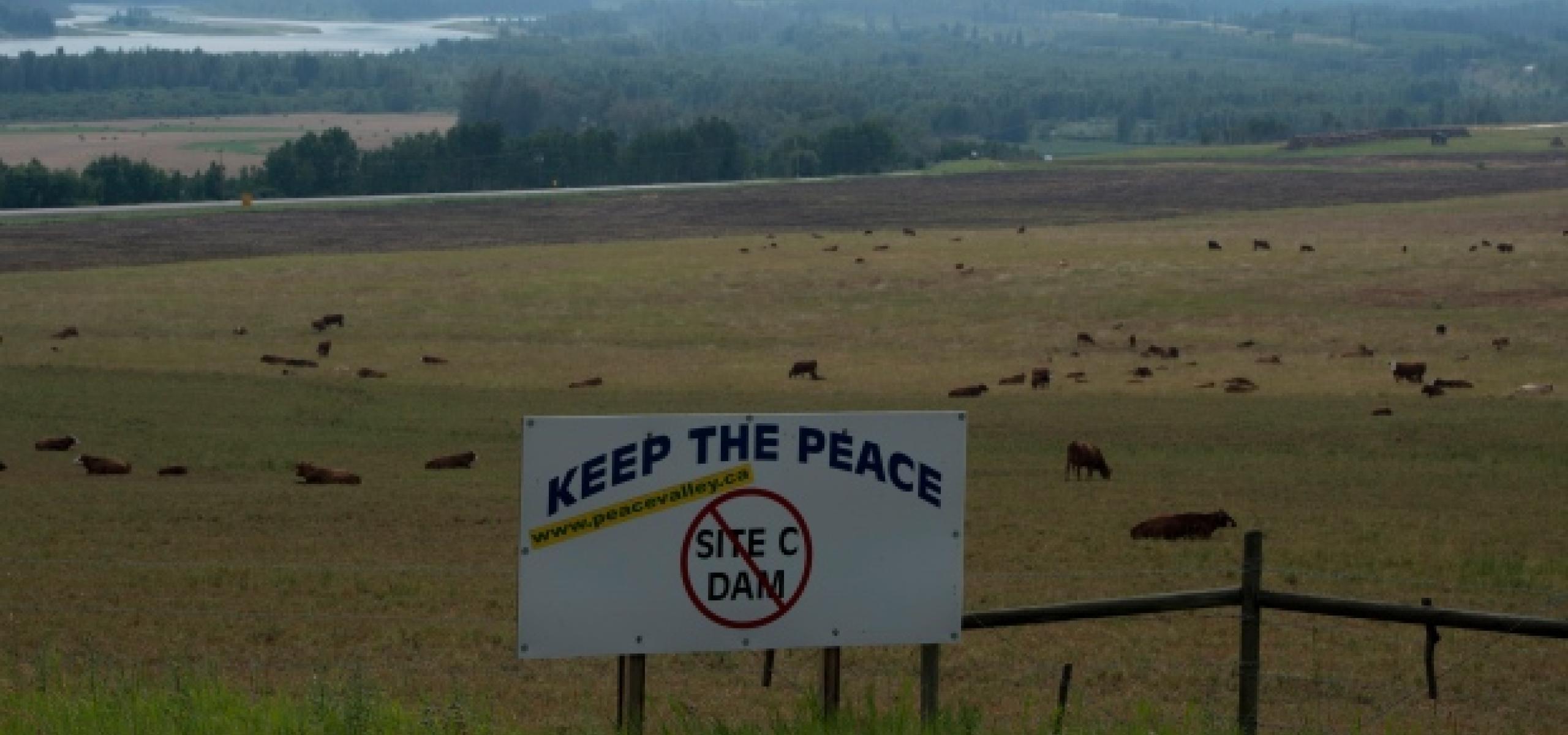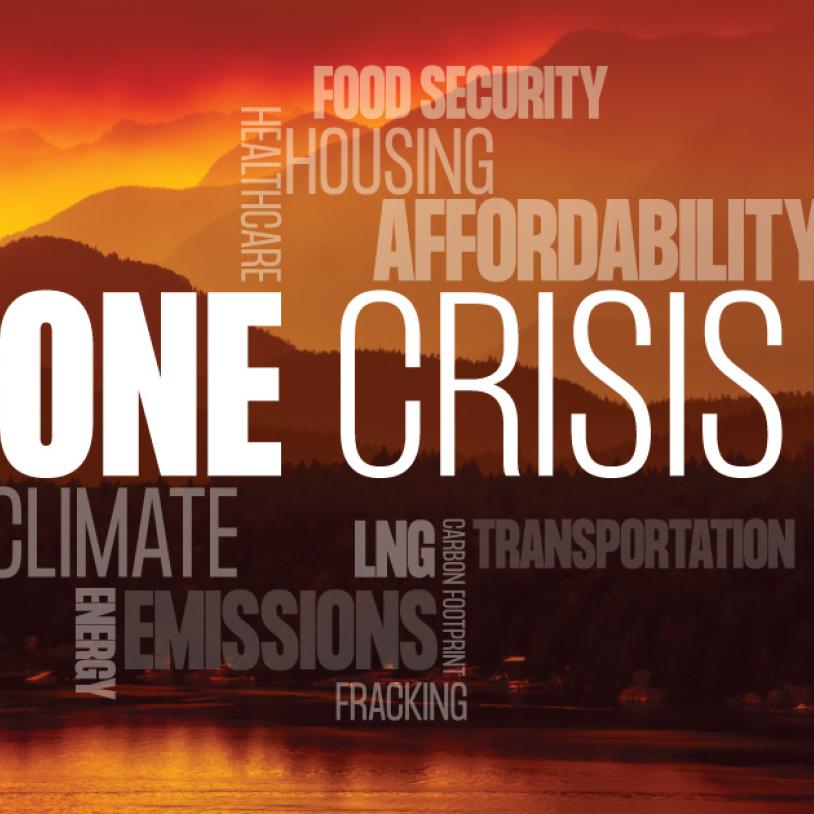British Columbia exploring use of green bonds to build dam
Wednesday, April 15, 2015
British Columbia is considering selling green bonds to help fund a $7 billion hydroelectric dam, among the biggest infrastructure projects in Canada.
Finance Minister Mike de Jong said he discussed the possibility of raising money via green bonds for the project in meetings last week with fund managers in Boston, New York and Chicago. The Site C dam, about 500 miles northeast of Vancouver, would be the third on the Peace River, powering 450,000 homes in Canada’s westernmost province.
“We obviously have a very large green project in Site C and we’re asking, ‘Is there an opportunity, what would that opportunity look like, and can you advance something along those lines without sacrificing liquidity?’ ” de Jong said.
A sale of green bonds would be a first for the government of British Columbia as it seeks to capitalize on a wave of socially conscious investment funds sprouting up around the world. It could occur as soon as this year, de Jong said.
Issuance of the bonds used to finance renewable-energy and other environmentally focused projects has totaled $80 billion since 2010, according to a Bloomberg Intelligence report.
Ontario last year sold C$500 million green bonds, becoming the first Canadian province to do so, while Export Development Canada sold $300 million in January 2014, according to data compiled by Bloomberg.
While green bonds can be more expensive because of the tracking and monitoring involved, they can attract a broader range of investors, KPMG said in a report last month.
Massachusetts sold identically priced regular and green bonds in 2013, yet the green issuance was 30 percent oversubscribed while the regular one lured fewer investors than sought, the accounting firm said.
Still, British Columbia would have to overcome a reluctance among some fixed-income investors for green bonds until the market becomes larger and cheaper to exit, Hosen Marjaee, senior managing director at Manulife Asset Management.
“You don’t want to do a one-off deal and then forget about it,” he said. “It’s important to make a commitment to this segment of the market and to come more frequently and create a market place where investors have confidence that they can buy and also sell, without leaving much on the table in terms of transaction costs.”
The green-bond market can also be fragmented because there’s no established definition of what exactly they are, said Brian Depratto, an economist at Toronto-Dominion Bank.
TD has engaged outside auditors to verify the C$500 million of green bonds it sold last year to fund environmental initiatives.
A green label may not be so easy to achieve for Site C. While the 1,100-megawatt project will create 10,000 construction jobs, it will also flood 21 square miles of land.
The project’s construction, scheduled to begin this summer, faces legal challenges from local landowners and aboriginal groups.
“The only entity that would see the Site C project as green is the provincial government,” said Joe Foy, a Vancouver-based campaign organizer with the Wilderness Committee, one of several groups opposed to the dam.




